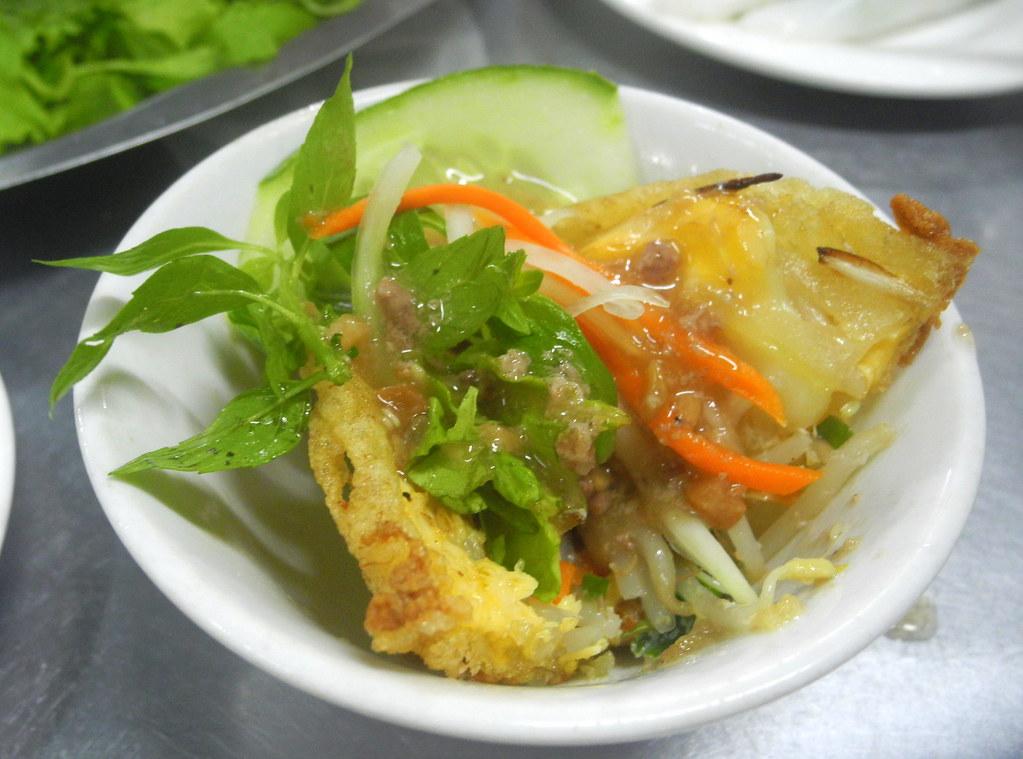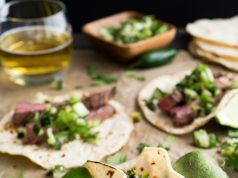In the ever-evolving landscape of travel and gastronomy, food tourism has emerged as a tantalizing blend of culture, cuisine, and curiosity. North America, with its rich tapestry of flavors and culinary traditions, has long been a haven for gastronomes seeking authentic experiences. From the spicy jambalayas of New Orleans to the savory poutines of Quebec, each dish tells a story of its origins and the people who crafted it. However, as the world becomes increasingly interconnected and culinary trends rapidly shift, a question simmers beneath the surface: Is food tourism in North America losing its authenticity? This article delves into the heart of this culinary conundrum, exploring the delicate balance between preserving traditional flavors and embracing modern innovations. Join us as we embark on a journey through the kitchens and markets of North America, uncovering the essence of what it means to savor authenticity in an ever-changing world.
The Changing Palette of Culinary Travel
As the gastronomic map of North America expands, the colors on its culinary canvas are shifting, blending traditional hues with contemporary shades. The quest for authentic food experiences is transforming, with travelers no longer content with merely sampling the local fare. They now seek immersive engagements that often blur the lines between what is local and what is global.
- Fusion Cuisine: Restaurants are increasingly embracing fusion, creating dishes that merge flavors from diverse cultures. While some purists argue this dilutes authenticity, others see it as a celebration of cultural exchange.
- Farm-to-Table Movements: This trend emphasizes sustainability and locality, yet even these establishments sometimes incorporate international influences, offering a unique twist on traditional dishes.
- Pop-Up Dining Experiences: These transient events often highlight innovative culinary techniques and global flavors, challenging the notion of what constitutes authentic regional cuisine.
The palette is indeed evolving, as the definition of authenticity broadens. For some, this evolution represents a departure from the traditional, while for others, it marks the exciting dawn of a new era in culinary exploration.

Navigating the Tourist Trap of Flavor
When embarking on a culinary journey across North America, one might envision indulging in authentic dishes that offer a true taste of local culture. However, the reality often presents a different flavor profile, leaving travelers navigating a labyrinth of carefully curated menus designed to cater to mainstream palates rather than showcasing genuine regional tastes. The tourist trap of flavor is an increasingly prevalent phenomenon, where the promise of authenticity is overshadowed by the need to accommodate a wide array of preferences, often at the expense of traditional recipes.
- Commercialization: Popular destinations often prioritize dishes that are profitable and appealing to a broad audience, sidelining local specialties.
- Standardization: Recipes may be altered to fit a standard taste that lacks the nuances of traditional cooking methods.
- Influence of Globalization: The fusion of international influences can dilute the unique flavors of a region, making it challenging to experience the local culinary identity.
While exploring the culinary landscapes, it’s essential to venture beyond the typical tourist spots and seek out hidden gems where authenticity is preserved and celebrated. By doing so, travelers can savor not just the flavors but the stories and heritage embedded in each dish.

Savoring Authenticity in a Globalized Kitchen
In the bustling world of food tourism across North America, a complex tapestry of flavors and cultures is woven into the fabric of every culinary journey. Yet, as the borders blur, the quest for authenticity becomes a culinary treasure hunt. Travelers seek genuine experiences, yearning for a taste that transcends mere consumption and becomes a gateway to understanding diverse cultures. The challenge, however, lies in maintaining the essence of traditional dishes amidst a rapidly globalizing palate.
Consider the allure of regional specialties that draw food enthusiasts from all corners of the globe. From the spicy tang of Cajun jambalaya to the comforting embrace of Quebecois poutine, the heart of these dishes beats with history and tradition. Yet, as these iconic dishes are whisked into the whirlwind of international influence, they often face transformation to cater to broader tastes. This evolution brings both opportunities and risks, as the essence of a dish can be lost in translation. Key factors that influence this delicate balance include:
- Ingredient availability: Local ingredients are often substituted for global counterparts, altering the original taste and experience.
- Cultural representation: The way dishes are presented and marketed can sometimes overshadow their true origins and stories.
- Fusion trends: While fusion cuisine can introduce exciting innovations, it can also dilute traditional flavors, leading to a loss of authenticity.
As food tourism continues to evolve, the quest to savor true authenticity requires both respect for tradition and an openness to the ever-changing culinary landscape.

Crafting Genuine Culinary Experiences for Travelers
In the bustling cities and serene landscapes of North America, food tourism has long been a gateway to understanding diverse cultures and histories. Yet, as the trend grows, there are concerns about the erosion of authentic culinary experiences. The demand for convenience and mass appeal often leads to a homogenization of flavors, where the original essence of regional dishes is lost in translation. This has sparked a debate among travelers and locals alike about what constitutes a genuine culinary experience.
- Local Ingredients: Are chefs prioritizing fresh, local produce, or opting for easily accessible alternatives?
- Traditional Techniques: How many kitchens are staying true to age-old cooking methods?
- Cultural Narratives: Are the stories behind dishes being shared, or overshadowed by Instagram-worthy presentations?
As travelers seek out authenticity, they are increasingly drawn to experiences that offer a deeper connection to the food and its cultural roots. This includes engaging with local chefs, participating in cooking classes, and exploring farmers’ markets. By prioritizing these immersive activities, food tourism can maintain its integrity and continue to provide meaningful culinary adventures.
In Conclusion
As we navigate the complex tapestry of food tourism in North America, the question of authenticity continues to simmer, serving up a feast for thought. While some may argue that the evolving culinary landscape is a testament to innovation and cultural fusion, others yearn for the unadulterated flavors of tradition. In this ever-changing panorama, perhaps the essence of authenticity lies not in rigid adherence to the past, but in the stories and connections forged through each shared meal. As travelers and food enthusiasts, our journey is not just about savoring the dish but understanding the narrative it carries. Whether a meticulously crafted recipe passed down through generations or a novel creation born from the melting pot of influences, the future of food tourism will likely reflect our diverse palates and open hearts. Let us continue to explore with curiosity and respect, honoring the roots of each culinary experience while embracing the vibrant evolution of flavors that North America has to offer.






























